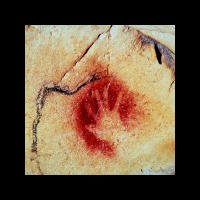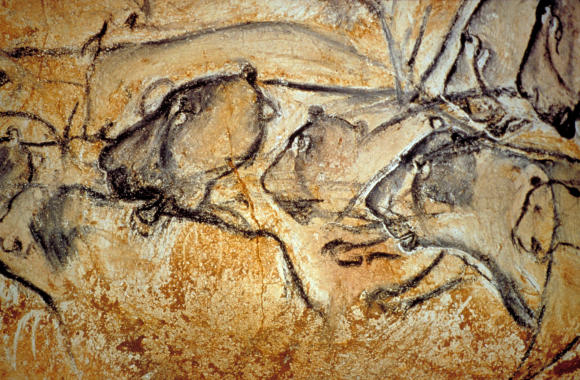
Though not quite as exuberant as the cheers that follow a victory in the World Cup, hurrahs rang strong in certain quarters of conservationism and tourism in France when UNESCO’s World Heritage Committee elected in June to inscribe the Decorated Cave of Pont-d’Arc, also known as the Grotte Chauvet (Chauvet Cave), on the World Heritage List of cultural properties.
Discovered by three speleologists in 1994, the cave remarkably well preserved cave holds the work of some of mankind’s earliest artists, including some images/decorations dating back an estimated 36,000 years. The newly listed property encompasses the entire cavity as well as the landscape setting and the groundwater basin with its 177-foot natural arch of Pont-d’Arc.

For preservation reasons, few will ever have the privilege of visiting the actual cave. However, a replica, said to be the largest of its kind, will open to the public next year in the vicinity of the original in the Vallon Pont-d’Arc at the entrance to the gorges of the Ardèche River.
The immense Decorated Cave of Pont d’Arc, untouched for tens of millennia, presents three characteristics which are rarely combined: the age of the decorations, the quality of their conservation, and the wealth and abundance of artistic representations. Among the 1,000 drawings are 425 animal figures, with a bestiary of 14 different species, the majority of which are dangerous animals (cave-bears, woolly rhinoceros, mammoths, big cats, etc.), along with representations that are unique in Paleolithic cave art, such as a panther or an owl.

It’s often the herds of animals that get the most attention, but the most evocative and dramatic images are the human hands.
When it opens in the spring of 2015, the facsimile of the underground landscape (ten times the size of the replica of Lascaux, another great example of Paleolithic cave art in France) and the accompanying museum promise to reveal to the public the richness of the artistic achievements of the Aurignacian period.
Hervé Saulignac, the President of the General Council of the Ardèche, the department (sub-region) in which the cave is located, says, “It is a chance that this treasure of intelligence, sensitivity and human presence is in our area. It is our responsibility and our ambition to preserve this masterpiece. Tomorrow, the replica will allow each one of us to discover this jewel of humanity without damaging the original which is in an area protected for science and for our descendants.”
“Our descendants” here presumably refers not only to the Ardechois or to the French but to the future of mankind.
After 20 years of conversation measures and scientific study and with construction of the replica and the adjacent interpretation center well underway, UNESCO recognition validates the site’s universal significance while adding an attractive label for local tourist officials. Simultaneously, the UNESCO label of prestige also leads to great local, regional and national promotional efforts for the site and its surroundings. Some French sites have reported a 30% increase in tourist revenue for the years following listing as a World Heritage Site.

France is a perennial applicant for listing of its cultural heritage sites on the World Heritage List. In fact, applying for UNESCO recognition is something of a national sport in France in which regions compete with each other for national and international attention. Two French projects relative to wine, land and wine culture are to be decided at UNESCO’s June 2015 committee meeting in Berlin: the one concerns the “climats” (a mix of terroir and man-made parcels for cultivating vineyards) of Burgundy, the other concerns the slopes , cellars and producers (aka houses) of Champagne.
Two war-related files are currently being constituted for possible presentation by France within the next few years: to the north and east, recognition for the WWI memorial and funerary sites in France and Belgium due to the fact that for the first time in a major war the dead were honored as individuals; to the west and into the channel, aspects (as yet firmly defined) of the D-Day Landing Zone of Normandy. An application for the Chaîne des Puys, the chain of volcanic cones, domes and maars in the Massif Central, in competition to join the World Heritage class of 2014 as a natural site, failed as yet to receive recognition for not being universal enough (i.e. there are plenty of volcanic cones around the world).
The World Heritage List of cultural properties hit the 1000 mark with the inductees of 2014. The Decorated Cave of Pont-D’Arc is now the oldest property of the lot. France has 39 sites and zones on the list. Images of them can be seen here, an illustrated invitation to travel throughout the country.
More information about the cave can be found on the site of The Vallon-Pont-D’Arc Cave Project, where you can watch this video about the creation of the replica.

